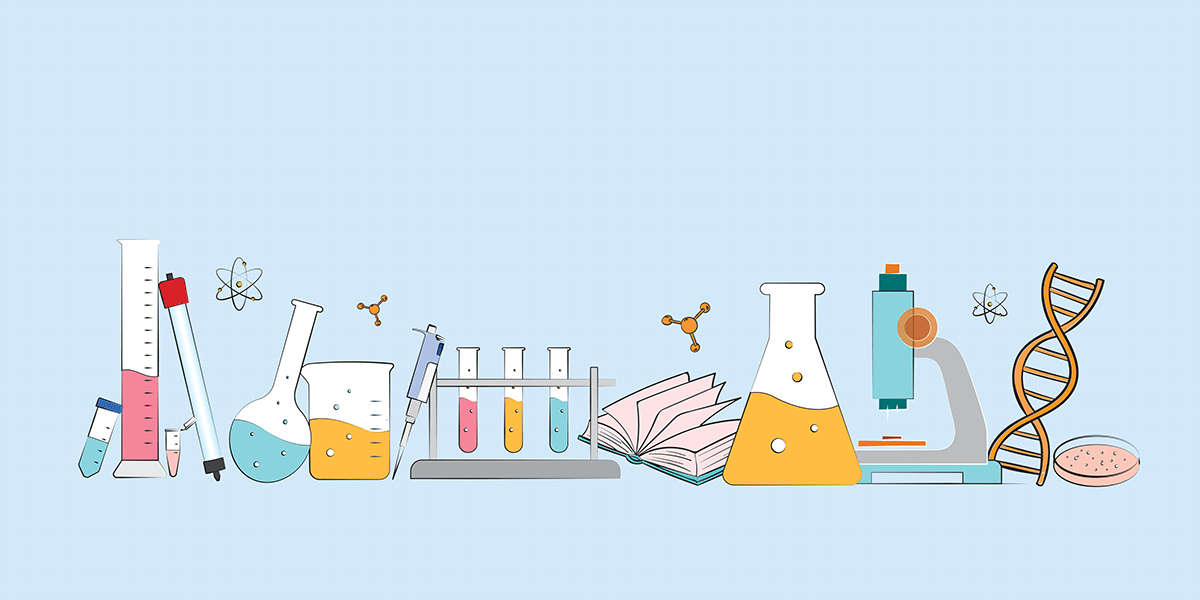
Chapter 10 Collaboration
10.0.0.0.1 NSF encourages ATE projects to partner with other institutions of higher education, secondary schools, businesses, industries, economic development agencies, and/or government agencies. The ATE program solicitation emphasizes the importance of engaging with industry to ensure programs are responsive to workforce needs and leveraging the assets of industry in preparing students for employment (National Science Foundation (NSF), 2018). According to the Brookings Institution, hallmarks of successful community college based workforce training programs include employer involvement in curriculum development and workplace experiences for students (Soliz, 2016).
10.0.0.0.2 ATE PIs were asked about the types of entities with which they collaborated and the benefits of those collaborations, including monetary and in-kind support. Projects that collaborated with business and industry were asked to identify the specific ways in which they worked with these groups.
10.1 Collaboration
10.1.0.1 ATE projects collaborated with 7,560 other organizations and institutions.
In 2020, ATE projects collaborated with 2,660 business and industry partners, 1,900 K–12 schools, 1,610 colleges, 560 other ATE projects, 390 entities within their host institutions, 360 public agencies, and 70 other types of partners. ATE projects collaborated with a median of Five business and industry groups, Two K–12 schools, Two colleges, and One other ATE project.
10.1.0.1.1 ATE projects most frequently collaborated with business and industry groups, followed by other two- or four-year colleges.

Figure 10.1: Percentage of ATE projects that collaborated with other groups, by type (n=313)
Most projects that indicated they worked with other types of partners identified these collaborators as community organizations and professional associations.
Collaborators provided over $7 million in monetary and in-kind support to 108 ATE projects.

Thirteen percent of projects reported receiving monetary support from collaborators, while 28.115016% reported receiving in-kind support. The median contributions for monetary support and in- kind support across projects were $20,000 and $12,250, respectively. Projects reported that in-kind support primarily consisted of staff time (65%) and equipment (38%). Other types of in-kind support included access to facilities, materials, and supplies.
10.2 Collaboration with Business and Industry
10.2.0.1 Sixty-nine percent of ATE projects collaborated with business and industry partners.
A total of 215 projects reported collaborating with business and industry groups. Most used these partners to identify workforce needs, serve on an advisory board, or review and advise on curriculum.

Figure 10.2: Percentage of projects reporting contributions from business and industry partners (n=215)
Business and industry representatives serve on advisory boards for 168 projects. Most of these projects (61%) reported that their advisors from business and industry committed two to five hours per year to their ATE projects.
When asked to identify benefits of collaborating with different organizations and groups, PIs frequently pointed to the utility of the information that they received from them. For example, as one PI noted, they provide
“vision and leadership so our activities are aligned with the skills and competencies needed for successful careers. This in turn bolsters our academic programming and professional development.”
Collaborations with industry groups were also noted by PIs as important to project innovation and growth, allowing PIs’ work to “reach a larger audience” and “understand industry needs.”
Industry partnerships also benefited students by helping to
“share resources such as curriculum and instruction [for faculty]. We work with business and industry on internships for our students. K–12 schools work with potential students by offering summer camps.”